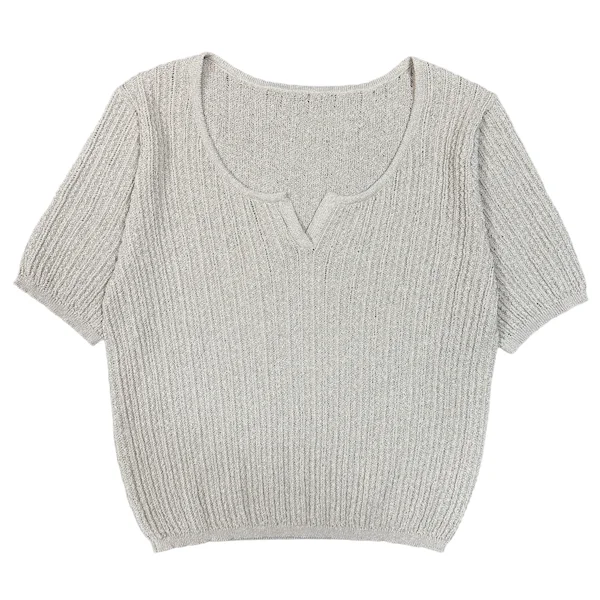The Science and Style Behind Women’s Workout Attire: Why Tight Clothing is More Than Just a Trend
In recent years, the trend of women wearing tight clothing during workouts has gained significant traction. From yoga classes to high-intensity interval training (HIIT), form-fitting apparel has become a staple in fitness wardrobes. But why do girls opt for tight clothes when working out? This article delves into the multifaceted reasons behind this phenomenon, exploring the intersection of functionality, psychology, and fashion.
- Enhanced Performance and Functionality
One of the primary reasons women choose tight workout clothing is the enhanced performance it offers. Form-fitting garments are designed to provide support and stability during physical activities. Here are some key aspects of how tight clothing contributes to better performance:
- Muscle Support: Compression garments are engineered to apply pressure to specific muscle groups, which can enhance blood circulation. This increased blood flow helps reduce muscle fatigue and soreness, allowing for longer and more effective workouts.
- Reduced Chafing: Loose clothing can lead to friction and chafing, particularly during high-impact activities. Tight clothing minimizes this risk, providing a smoother experience that allows women to focus on their performance rather than discomfort.
- Improved Range of Motion: Tight workout clothes are often made from stretchy, breathable materials that allow for a full range of motion. This is particularly important in activities like yoga or pilates, where flexibility and movement are key.
- Psychological Boost and Confidence
The psychological aspect of workout attire cannot be overlooked. Wearing tight clothing can significantly impact a woman’s mindset during exercise:
- Body Positivity: Many women find that wearing form-fitting clothes helps them embrace their bodies. This can foster a positive self-image and encourage them to push their limits during workouts.
- Motivation and Mindset: The act of dressing for a workout can serve as a mental cue, signaling that it’s time to engage in physical activity. Tight clothing can enhance this effect, making women feel more prepared and motivated to exercise.
- Social Influence: The fitness community often celebrates the aesthetics of tight workout clothing. Social media platforms are filled with influencers showcasing their athletic wear, which can create a sense of belonging and encourage women to adopt similar styles.
- Fashion Meets Functionality
The evolution of athletic wear has transformed it into a fashion statement. Brands have recognized the demand for stylish yet functional workout clothing, leading to a myriad of options that cater to both aesthetics and performance:
- Variety of Styles: From high-waisted leggings to crop tops, the variety of tight workout clothing available allows women to express their personal style while remaining comfortable and functional during exercise.
- Technological Advancements: Modern workout clothing often incorporates advanced materials that wick away sweat, provide UV protection, and offer breathability. This blend of technology and style makes tight clothing an appealing choice for many women.
- Versatility: Tight workout clothes can easily transition from the gym to casual outings. This versatility allows women to feel confident and stylish, whether they are at the gym or running errands.
- Cultural and Societal Influences
Cultural perceptions of fitness and body image also play a significant role in the popularity of tight workout clothing among women:
- Media Representation: The portrayal of fit bodies in media and advertising often emphasizes the use of tight clothing. This representation can influence societal norms and expectations regarding fitness attire.
- Fitness Trends: The rise of fitness influencers and the popularity of certain workout styles, such as barre or spin classes, often promote tight clothing as the norm. This trend can create a ripple effect, encouraging more women to adopt similar styles.
Conclusion
The choice for women to wear tight clothing while working out is a complex interplay of performance, psychology, fashion, and societal influences. While the functional benefits of compression and support are significant, the psychological boost and cultural factors cannot be ignored. As the fitness industry continues to evolve, it is likely that tight workout clothing will remain a popular choice, blending style with functionality to empower women in their fitness journeys.

